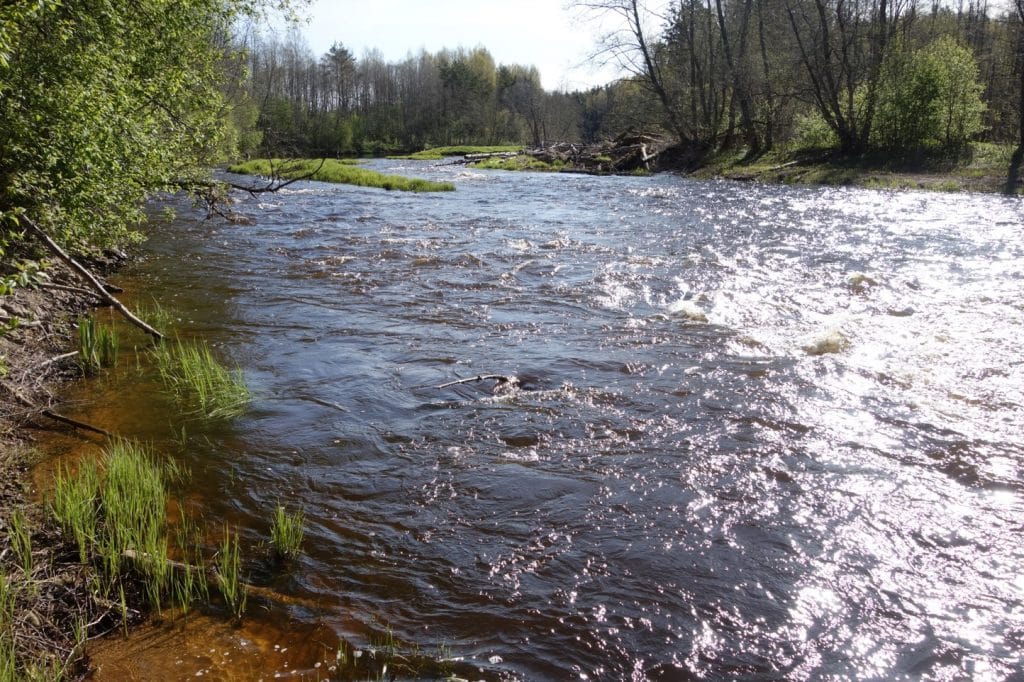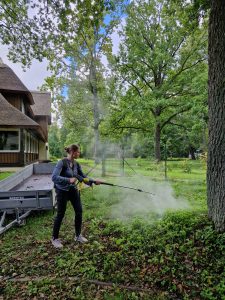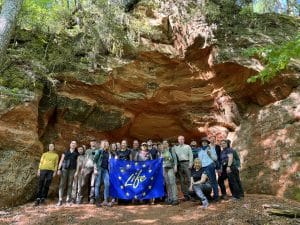There are about 12,500 rivers in Latvia, and they are classified into seven types according to the Water Framework Directive and two variations of Habitat type 3260 of EU importance according to the Habitats Directive. Both directives are mutually complementary, oriented towards the assessment of the quality of Latvian rivers, their protection and management for achieving a good quality in freshwater ecosystems.
The LatViaNature project, in cooperation with experts of the Latvian Environment, Geology and Meteorology Centre, conducted an analysis of the classification of Latvian rivers in an inter-institutional working group and concluded that the situation in nature does not always correspond to the theoretically determined river type. The existing regularities point to the necessity to revise both the classification of Latvian rivers and the methodology for distinguishing habitats of EU importance. Similarly to other countries, Latvia should additionally distinguish:
- Bog rivers
- Small coastal rivers
- Rapids with sand substrate
Also, when studying the variation of the stream gradient of the river depending on the catchment area, the results show necessity to refine the limit of the stream gradient, also taking into account the area of the catchment. According to the present classification, the limit of the stream gradient is 1 m/km; however, field studies show that the larger the catchment area of the river is, the smaller the stream gradient when a rapid is formed – for medium size rivers it is 0.6 m/km, but for large and very large rivers – 0.3 m/km.
A reasonable concern to obtain biased quality assessment data of river water bodies and habitats of EU importance does exist if continuing the assessment of rivers based on the current classification. That may result in a lower quality assessment for a part of rivers. The harmonization of the classification between biodiversity and the Water Structure Directive, as well as the improvement of the classification of Latvian rivers would facilitate the development of a unified monitoring programme and the planning of management measures for Latvian rivers.
The preliminary assessment requires in-depth data analysis and additional field studies to confirm the proposed clarifications and develop an updated classification of rivers and methodology for the identification of EU habitats.
The analysis and preliminary assessment of the river typology was performed within LIFE-IP LatViaNature Action A.1: Analysis of habitat data and setting favourable reference values of EU importance habitats.
For reference:
- Bog rivers – The structure and substrate of bog rivers and bank vegetation differ from the rivers flowing outside bog areas – the bed is composed of peat and is overgrown with sphagnum moss (bog moss). Due to the specific growing conditions, these rivers are not rich in plants and animals. However, the lack of vegetation characteristic for natural rivers does not reduce the quality of these rivers – this can be explained by the outlet of the river from the high bog. Bog rivers mostly meander naturally, sometimes “disappearing” under peat layer in some places, but then flowing out again on the surface.
- Small coastal rivers – small rivers flowing into the Gulf of Riga and the Baltic Sea with an average depth of less than 0.3 m and an average width of up to 5 m, rarely exceeding 10-15 km in length. They may have various riverbed substrate composition, stream gradient, current velocity, and do not comply with the established classification of rivers.
- Rapids with sand substrate – the rapids with a naturally dominant sandy bottom and high current velocity. They differ from rapids with rocky substrate by bed substrate and vegetation, they are poorer in species. The initial assessment clearly distinguishes the group of rapids with sand substrate.










